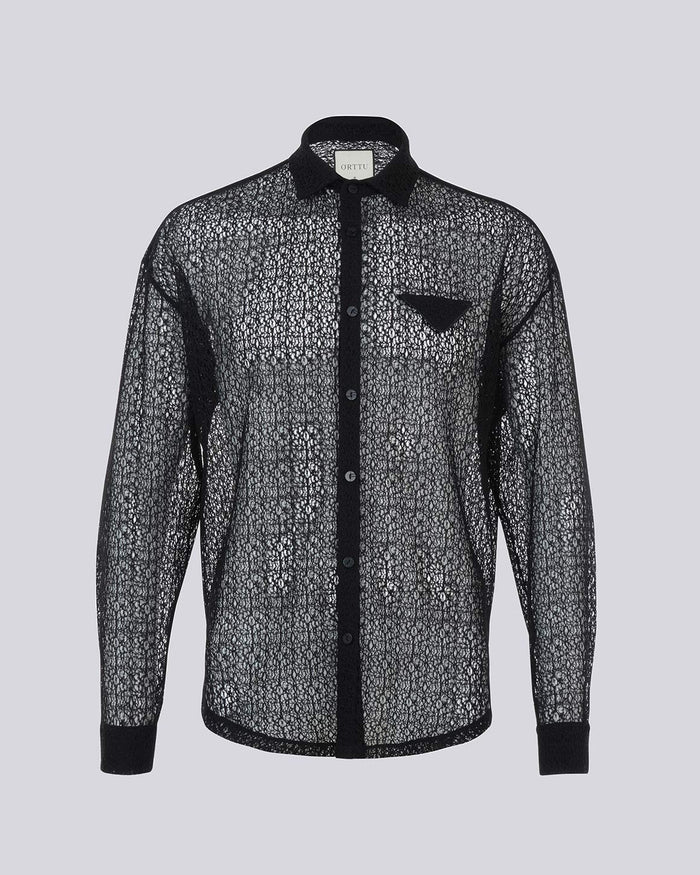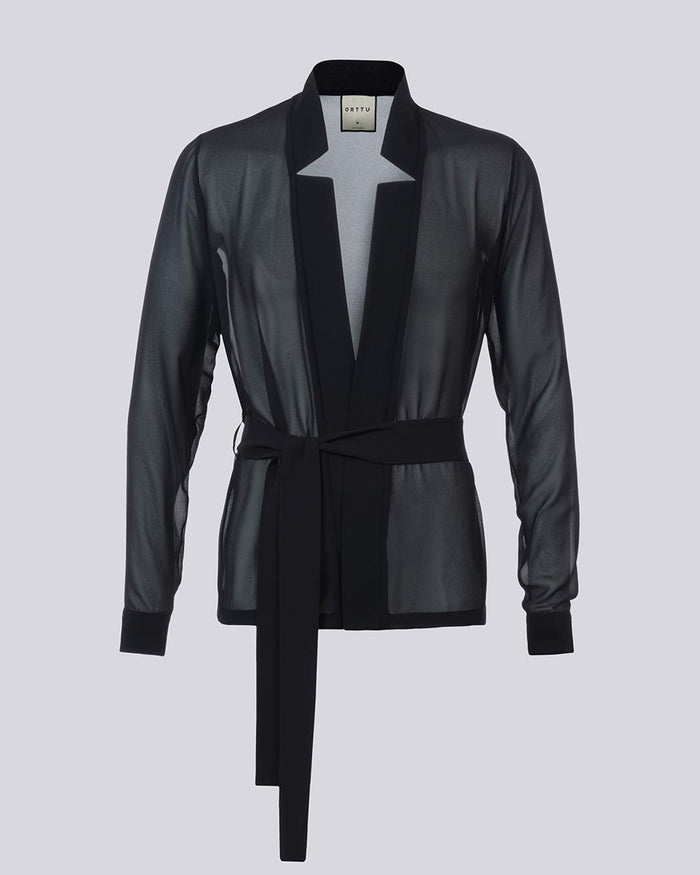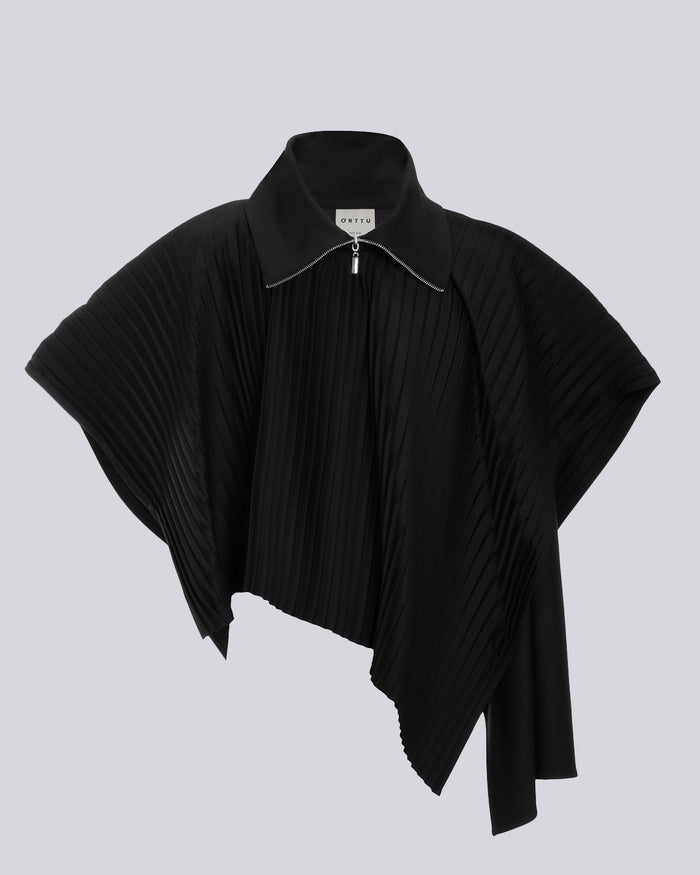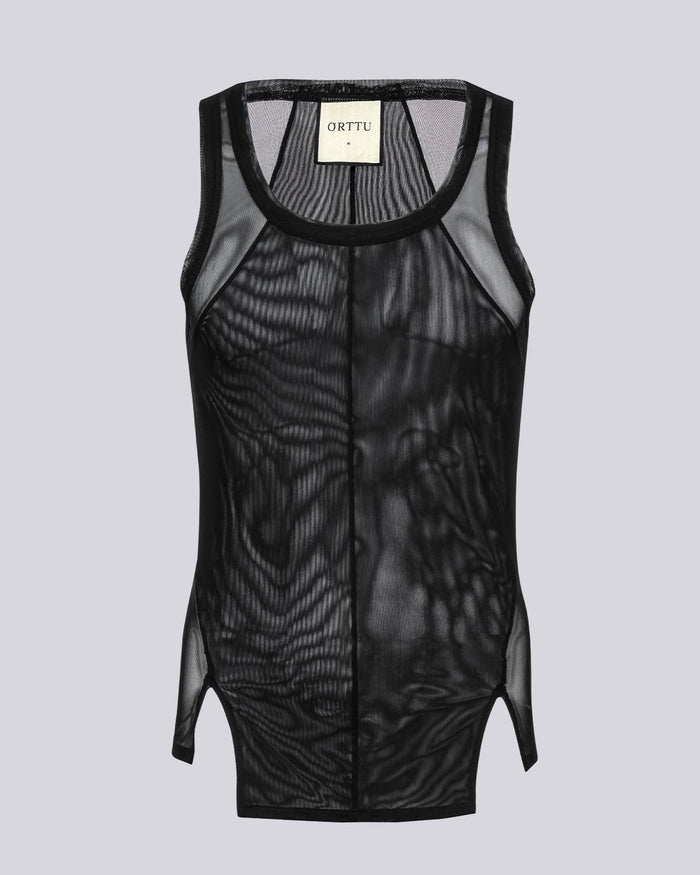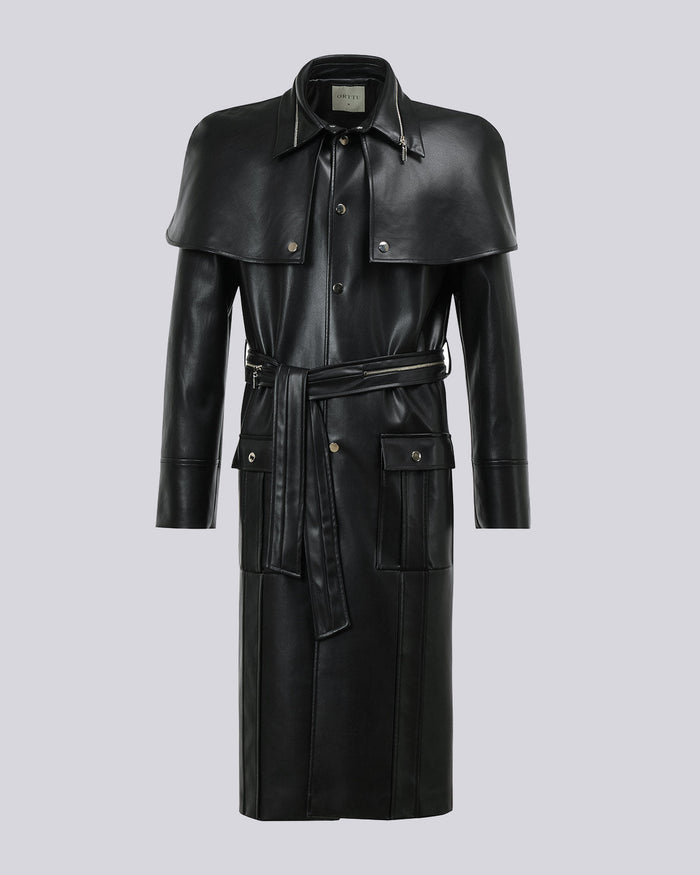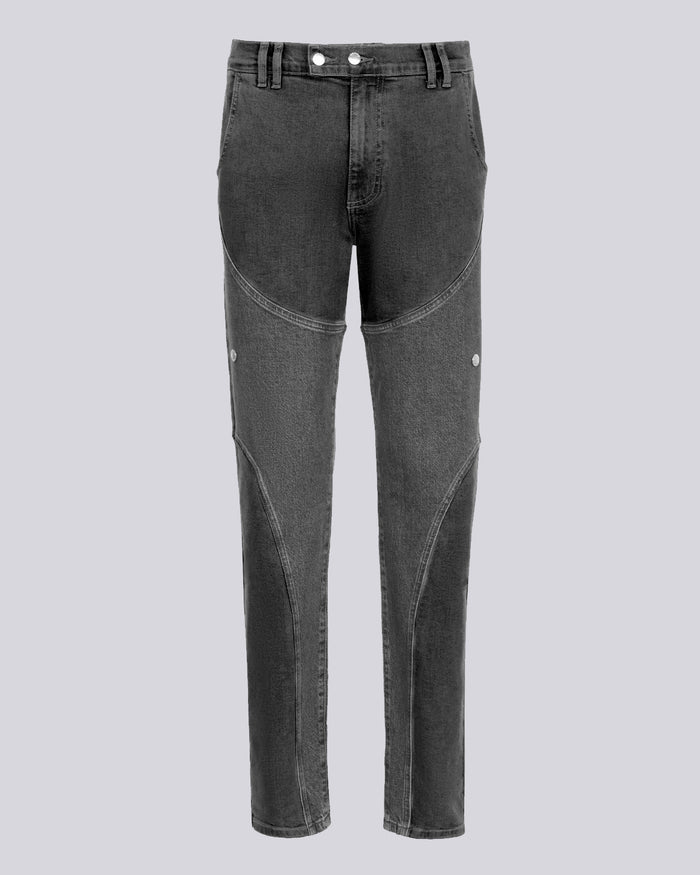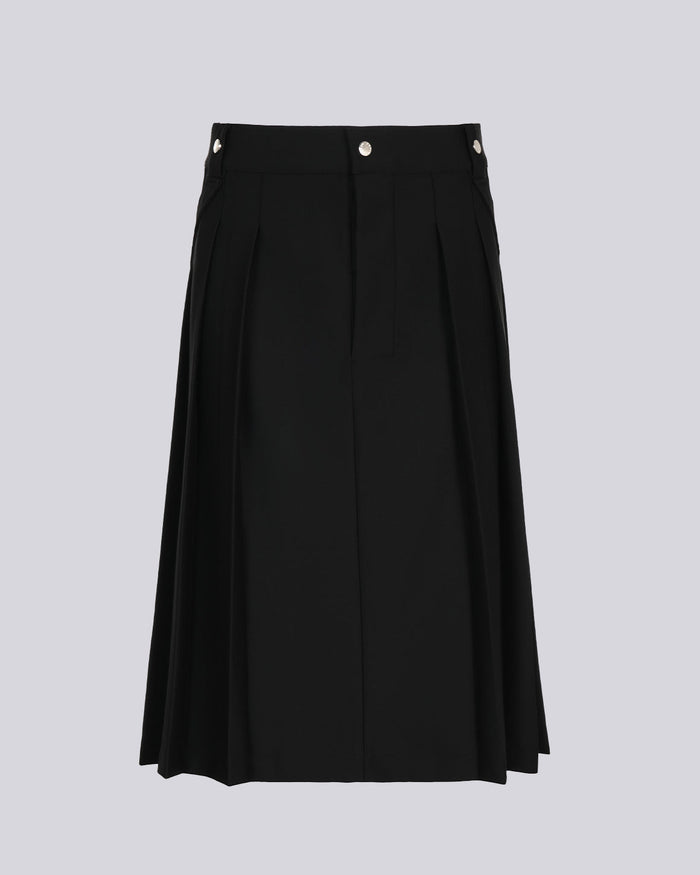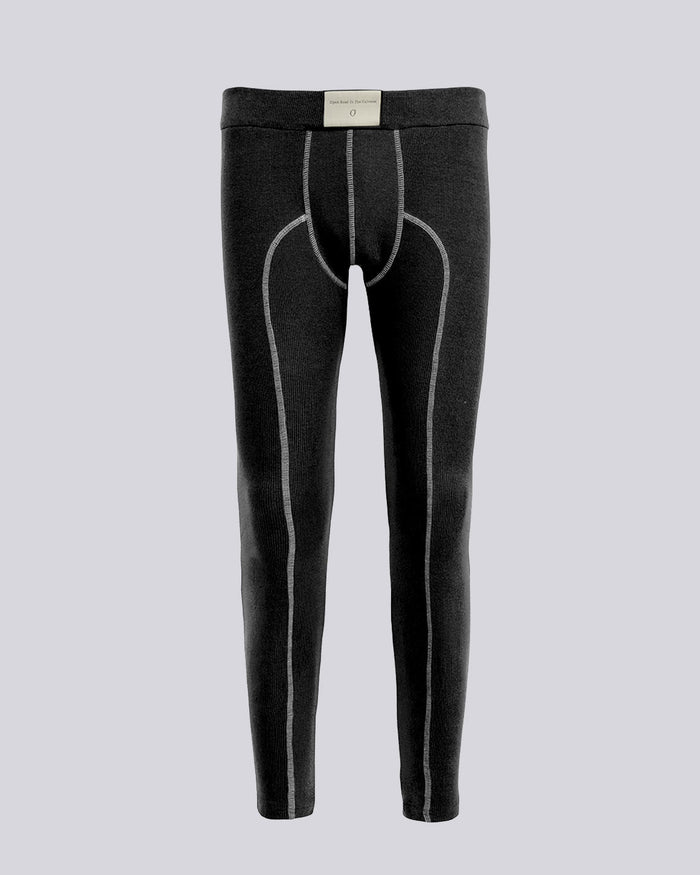Jordanian designer and architect Abeer Seikaly draws on Bedouin tent-making and culture to reimagine architecture for the 21st century

Last month, the third Amman Design Week showcased artists and designers from across the Middle East and North Africa. Among them was Abeer Seikaly, the innovative Palestinian-Jordanian designer and architect who has drawn on Bedouin and ancient Arabic traditions to create architectural structures that are uniquely modern and beautiful and perhaps even visionary.
An alumnus of the prestigious Rhode Island School of Design in the USA, Seikaly caught Western media attention a few years ago with her “Weaving a Home” project. At the time, the Syrian refugee crisis was in the news on a daily basis. Rather than responding with outrage, however, Seikaly thought about the problem differently, looking at the huts of nomadic tribes to design modern disaster shelters for refugees.

Seikaly’s designs were -- and are -- intended to provide experimental yet practical solutions to global problems. Yet, there is no hint of the modernist credo of “form follows function” (coined by architect Louis Sullivan) or of the stark, cold, calculated aloofness of modernism.
“When I first designed those tents,” Seikaly told ORTTU recently, “it was a response to the crisis that was happening in the region because of the war in Syria. Visiting the camps and seeing the conditions that people were living in really prompted me to think about alternative solutions.”
Woven from ogee-shaped fabric membranes, the shelters were designed to be not only easily transportable but to be self-sustaining temporary homes. The shelters are capable of collecting rainwater and trapping solar radiation and turning it into electricity (to heat the collected water, for example). And the shelters can also allow in air and light as needed.
While the traditional Bedouin tent (beit al-sha’ar or “house of hair”) might not have been equipped with such modern technology, it is clear that they provided a model, or an archetype, for Seikaly’s work.

“If you look at the Bedouin tent, it is really an adaptive response to the environment,” says Seikaly. “It’s really fascinating to study indigenous communities and how they live. Within their survival modes and methods, there is a clear relationship to nature and to the climate, which, over time, developed a very strong cultural entity.”
Culture matters as much to Seikaly as finding technical solutions because, for her, design and architecture are not end products but living traditions that draw people together in communities. And, being living traditions, they must also interact harmoniously with the environment. “At the end of the day it’s all part of a process,” she says. “Architecture is part of a process. Identity is part of a process.” But the process is one of renewal and of adapting tradition and culture to meet new challenges in a rapidly changing world.
Nevertheless, there is a highly personal aspect to Seikaly’s work. Her grandfather was a Bedouin and lived the traditional Bedouin lifestyle. And Seikaly heard stories about it all as a child.
“Stories play such an important part in forming our cultural identities and our understanding of ourselves,” she says. “So, listening to these stories growing up definitely formed a connection -- to a place, to a person, to a history -- and I find myself on a quest to go back. You know, it’s almost like we spend half of our lives trying to get away from home and the next half trying to come back to it. I’ve lived abroad, I’ve traveled the world, I’ve interacted with such a diverse group of people, and today I find myself more interested in connecting to my own society, to my own culture, and to my own people.”
In her most recent work, Meeting Points, exhibited at the third Amman Design Week recently, Seikaly collaborated with traditional Bedouin craftspeople (most of them women) to create a prototype “reconfigurable, composite material system.” The prototype is a structure of wood and fiber that explores “communal architecture” based on the traditional Bedouin craft of tent-making.
“My responsibility as an architect,” says Seikaly, “is to really benefit from the wide pool of human experience -- whether current or past -- and build on it. However, I’m not nostalgic about the past. I don’t believe we should have the Bedouins go back and live in tents or that we should live in tents. No, for me, what’s interesting is how do we take this past knowledge -- which is clearly intertwined with the natural environment -- and learn from it?”

If it were made in glass and steel, it would be easy to imagine her latest work -- with its geometric, lattice, structure -- incorporated into a building project in Dubai, Tokyo, or New York. But, instead, Seikaly has used hand-knit fiber for its surfaces, its texture and ocher color reflecting nature and traditional craft rather than the world of fast cars and finance. But her work rethinks tradition to create new and innovative architecture. “The question,” she says, “is always how do you take this knowledge and make it relevant to contemporary needs and living conditions?”
For Seikaly, architecture should work with the landscape, the climate, and the culture. Ultimately, architecture has to be livable.
“For me, the central question today,” she says, “is really understanding what is a home, especially within the context of different types of global crisis. I feel sometimes that we live in this age of homelessness, so I always find myself coming back to this notion of home and looking at the physical spaces we inhabit from the perspective of our social, cultural, and personal identities, and really questioning how we can create a continuity of meaning.”
For Seikaly, to move forward and find solutions to global challenges we have to “find the equilibrium” between human activity and the environment, tradition and possibility, preservation and innovation. Her work is proof that we can find such a balance.
Credits:
Meeting Points: Photography: Courtesy of Amman Design Week & © Edmund Sumner, 2019.
Photo of self-structuring tapestry (top) © Edmund Sumner.
Photo of Abeer © Chantale Eglin 2019.
Weaving a Home Images: images courtesy of Abeer Seikaly.



